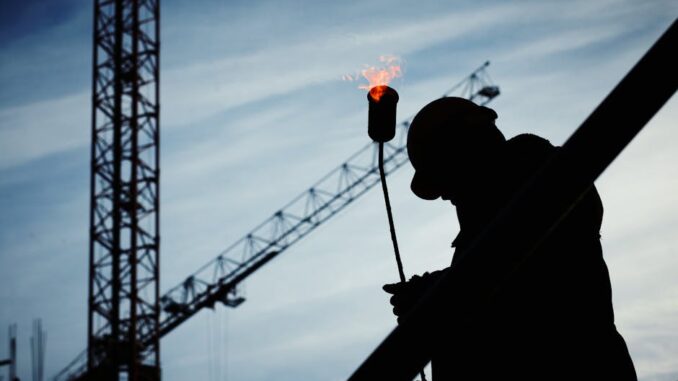
Summary
The UK’s Building Safety Act 2022 aims to enhance building safety, particularly in high-rise residential buildings. This article examines the key changes implemented by the Act, including the new regulatory regime for higher-risk buildings, the introduction of dutyholder roles, and the ‘golden thread’ of information. These changes signify a move toward greater accountability and transparency in the construction industry.
Focus360 Energy: property compliance services – pre-planning to post-construction. Learn more.
** Main Story**
Alright, let’s talk about the Building Safety Act 2022. You know, that piece of legislation that’s basically reshaped the entire UK construction landscape after the Grenfell tragedy? It’s a game changer, no doubt, but it’s also brought its own set of challenges.
A New World for High-Risk Buildings
So, what’s the big deal? Well, for starters, we’re talking about a whole new regulatory regime, particularly focused on what they’re calling ‘higher-risk buildings’ (HRBs). Think multi-occupied residential buildings, hospitals, care homes – anything over 18 meters or with seven or more stories. Now, the Building Safety Regulator (BSR) is the new sheriff in town for these buildings, overseeing design, construction, and management with an iron fist, or at least, stricter regulations.
And what does that mean in practice? Developers need BSR approval for new HRBs, but also for any modifications to existing ones. It’s a big shift. Plus, they’re talking about this ‘golden thread’ of information – a digital record of everything about the building, from design to maintenance. You can see why this is key right? It gives everyone access to the vital information they need for better decision-making. It’s all about transparency and accountability, which, let’s be honest, was sorely needed.
Who’s Responsible? Dutyholder Roles
The Act really hammers down who’s responsible for what. We’re talking about new ‘dutyholder’ roles – clients, principal designers, principal contractors, accountable persons – each with their own legal obligations. It’s all about fostering greater accountability. The Act also puts a lot of emphasis on competency. The regulator now has the power to set standards for people working on building projects, which hopefully means fewer cowboys and more qualified professionals doing the work. I remember one project I worked on, the architect kept signing off changes that weren’t to code and were outright dangerous, a proper headache. It’s an extreme example, but it shows you that proper competency can’t be taken for granted.
Gateways to Compliance
They’ve also introduced this ‘Gateways’ system. Think of it as checkpoints throughout a project. Crucially there is a focus on HRB projects at key stages to make sure everyone’s complying with the regulations. Gateway 2, which focuses on design and construction compliance, can be a real headache, especially for existing buildings. Refurbishments, maintenance work – anything can trigger the Gateway process. So getting professional advice early on is absolutely key, which, let’s be honest, is just smart business anyway.
Industry Impact: A Double-Edged Sword
Now, it hasn’t all been smooth sailing. The Building Safety Act has had a big impact, no denying that. One of the biggest concerns is around resourcing and capacity at the BSR. Can they actually handle all the extra work and responsibility? And the new regulations and Gateway system, they’ve definitely caused project delays. People are starting to wonder if the government can actually meet its housebuilding targets because of this. And let’s not forget the extra costs involved in complying with everything, which impacts project timelines and budgets.
But, on the other hand, you’ve got the potential for some significant long-term benefits. For instance, that increased emphasis on competence? That means better quality work. Then there’s the transparency and accountability, which can only improve trust between everyone involved. Ultimately, it should lead to better buildings that last longer, surely. I think the benefits outweigh the challenges.
The Future is Safer, Hopefully
So, where do we go from here? Well, the Building Safety Act is a huge step toward a safer built environment, there’s no doubt about that. Even though the industry is grappling with implementation challenges. I think the focus on accountability, transparency, and competency will pave the way for a more responsible and resilient construction sector, if it all works out. At the very least, it shows a commitment from both the government and the industry to really improve building safety. And that’s something we can all get behind, right?


Be the first to comment